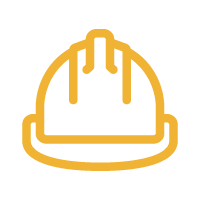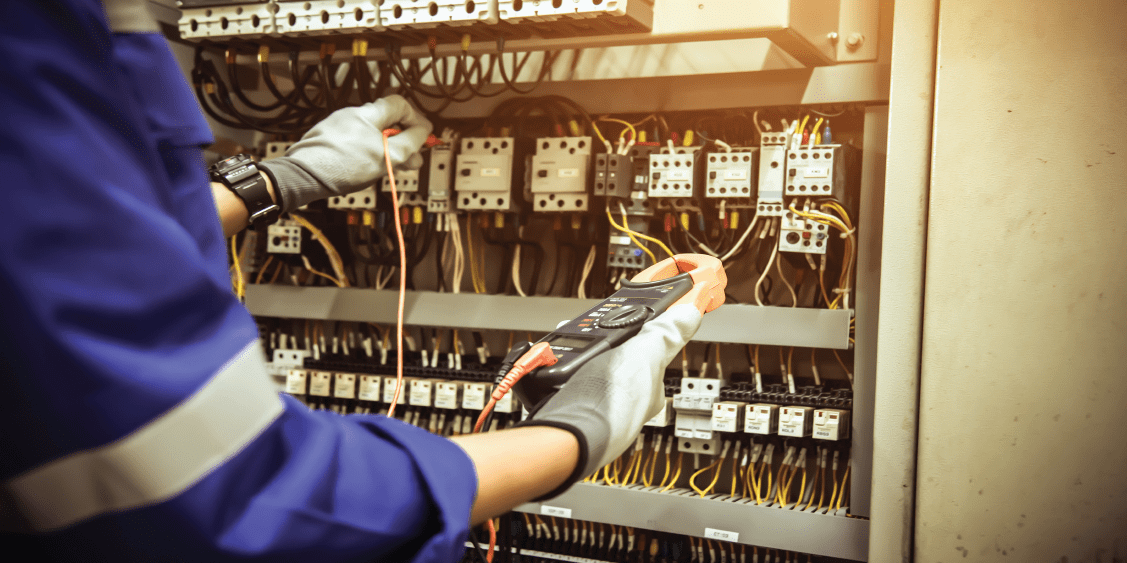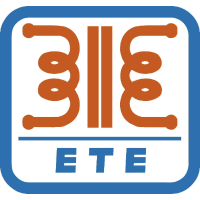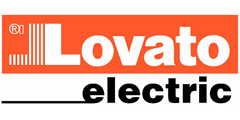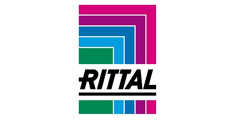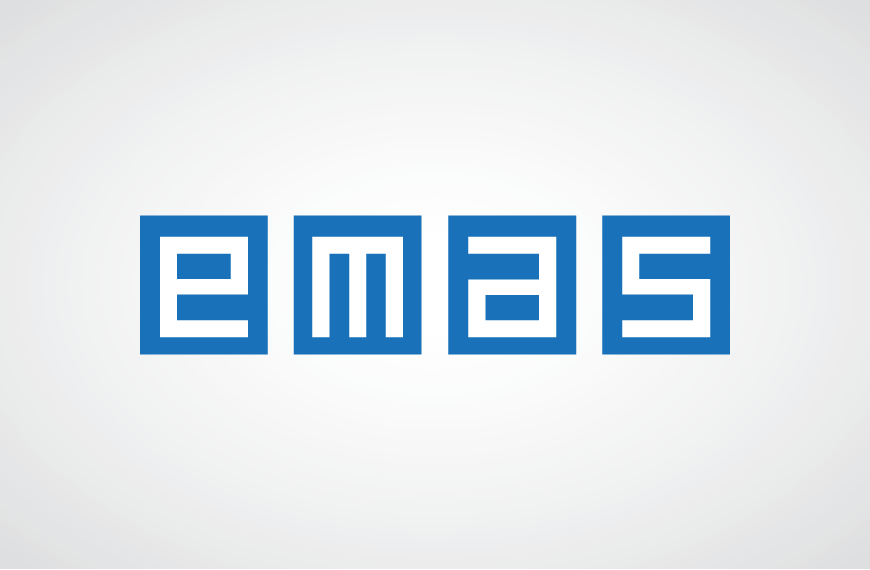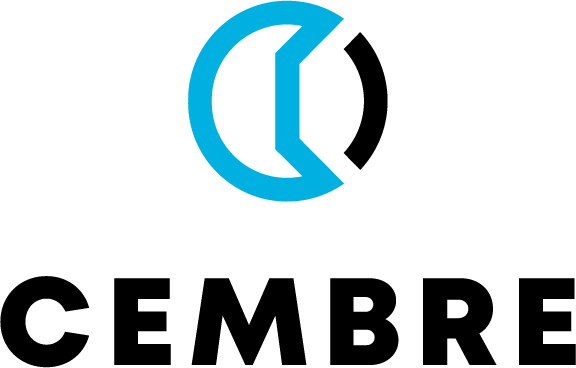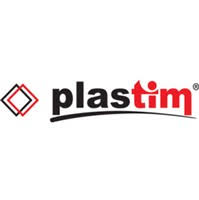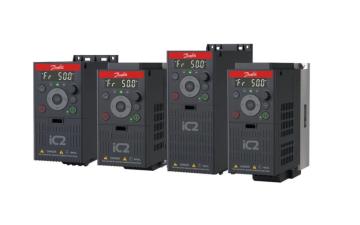In the world of electrical systems and power distribution, the terms distribution board and distribution box are often used interchangeably, which can cause a lot of confusion, and at LED Controls, we understand that! Still, while they both play a vital role in managing electrical circuits and ensuring the safe distribution of power, they each serve distinct purposes and possess unique characteristics. So, to clear up any confusion, let’s look at the key differences between distribution boards and distribution boxes.
The difference between distribution boards and boxes
Distribution boards are usually fixed installations in buildings, whereas power distribution boxes (PDBs) are portable variants designed for temporary electrical distribution needs. PDBs are commonly used at construction sites, outdoor events, and emergencies requiring a mobile power source. Unlike permanent distribution boards, power distribution boxes are compact, rugged, and designed for easy transport and setup. Now we’ve cleared up the key difference, let’s take a more in-depth look into each, starting with distribution boards:An overview of power distribution boards
A Power Distribution Board, often abbreviated as PDB, is an electrical component used to distribute power within an industrial or commercial facility. It serves as a central point for receiving power from a primary source, such as a main electrical panel or generator, and then distributes it to various secondary circuits or loads throughout the facility. Distribution boards come in two primary types: main (MDBs) and sub-distribution (SDBs). Here’s the difference between these two boards:- Main Distribution Boards (MDBs) are the primary distribution points for electrical power entering a building or facility. MDBs receive power from the utility source or generator and distribute it to various sub-circuits within the establishment.
- Sub-Distribution Boards (SDBs): SDBs are secondary distribution points, typically located closer to the loads they serve. They receive power from the MDB and distribute it to specific areas or appliances within a building.
- Routing electrical power from the source (utility or generator) to various circuits.
- Providing overcurrent protection through circuit breakers or fuses.
- Facilitating easy maintenance and fault detection.
- Organising electrical connections in a structured and accessible manner.


